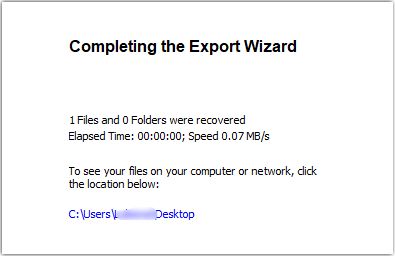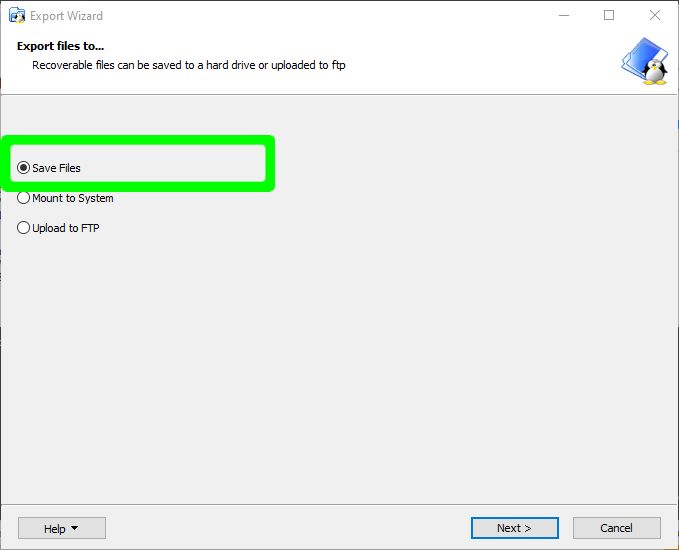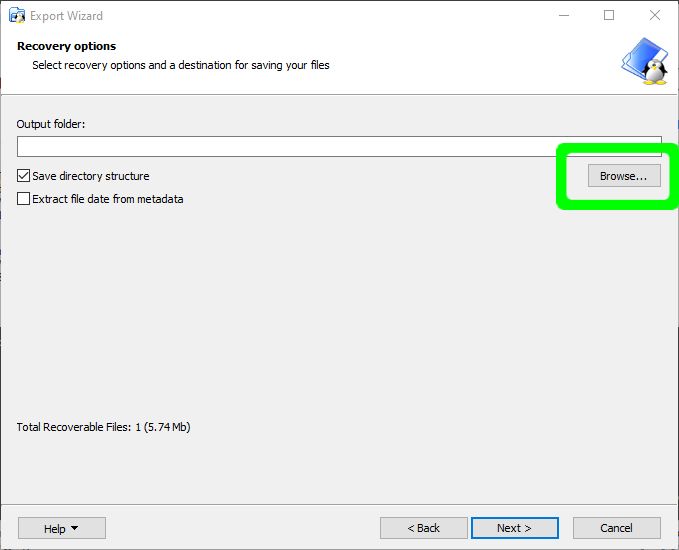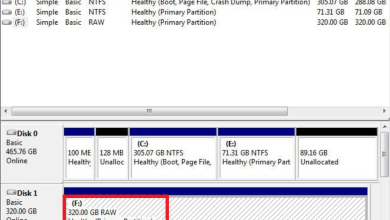How to Transfer Files from Ubuntu to Windows 10 in Dual Boot
Various Operating Systems have default file systems in which the various disk partitions are formatted for example the default file system on Windows is NTFS and that on Ubuntu is ext4. Unfortunately, Windows 10 is not programmed to access ext4 file systems of although Ubuntu can access all file systems including NTFS.

DiskInternals Linux Reader is a program that can allow you to transfer files from Ubuntu on Windows 10. It has a free and paid version however if transferring files is your goal then you’re good with the free version. Here’s how it works:
How to Transfer Files from Ubuntu to Windows 10
- Go to DiskInternals Linux Reader from the official download page
- Click on GET IT FREE button to download
Once the download is complete, double click on the downloaded file to and follow through the installation process.
DiskInternals Linux Reader download page - When the installation is complete, open the application from either the desktop shortcut or by searching for “DiskInternals” in the Windows menu
- The application does not integrate into the Windows File Explorer but opens a standalone interface where you can interact with various disk partitions
- You will see all the available partitions in the Hard Disk Drives sections at the top, from which you can double click on the partition with files of interest.

Linux reader home screen - The application provides a preview on the bottom section for any file you click on for example an image, text, or source code which is a useful feature before you can decide on what to transfer. It also has an inbuilt media player for previewing audio and video files.
- You can also preview a file from a separate window. Right-click on the file and click Preview in New Window

Preview in new Window - To transfer a file, right-click on the file and click Save.

Save file - On the next page, select Save files and click Next

Select Save Files as the transfer method - Click on Browse to provide the path where to save the file and then click Ok after providing the location

Browse save location - Click Next and then Next again on the screen with List of recovered files. After that, the file will be saved successfully on the Windows 10 location you selected





